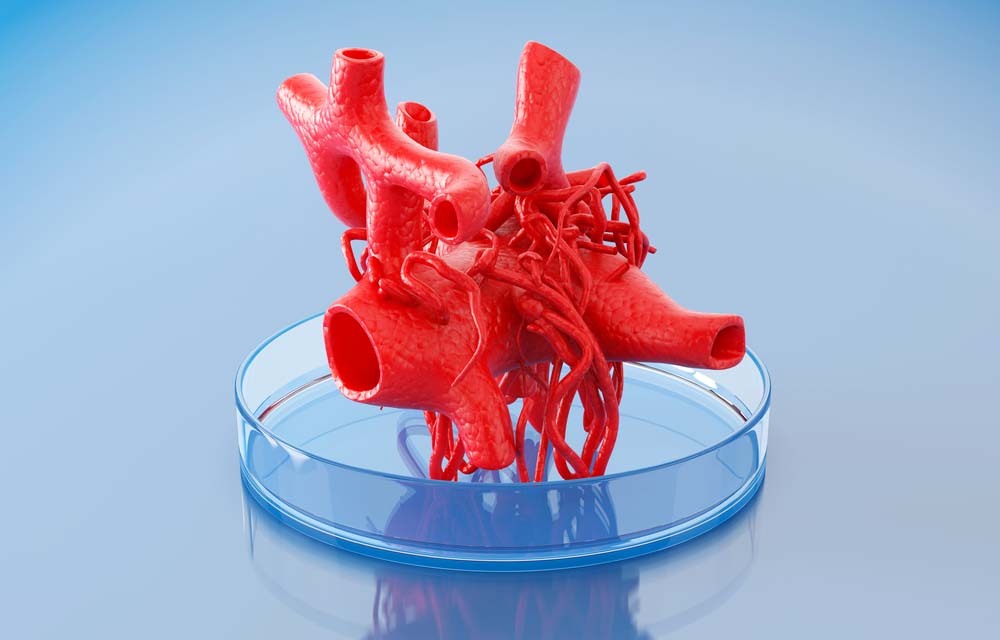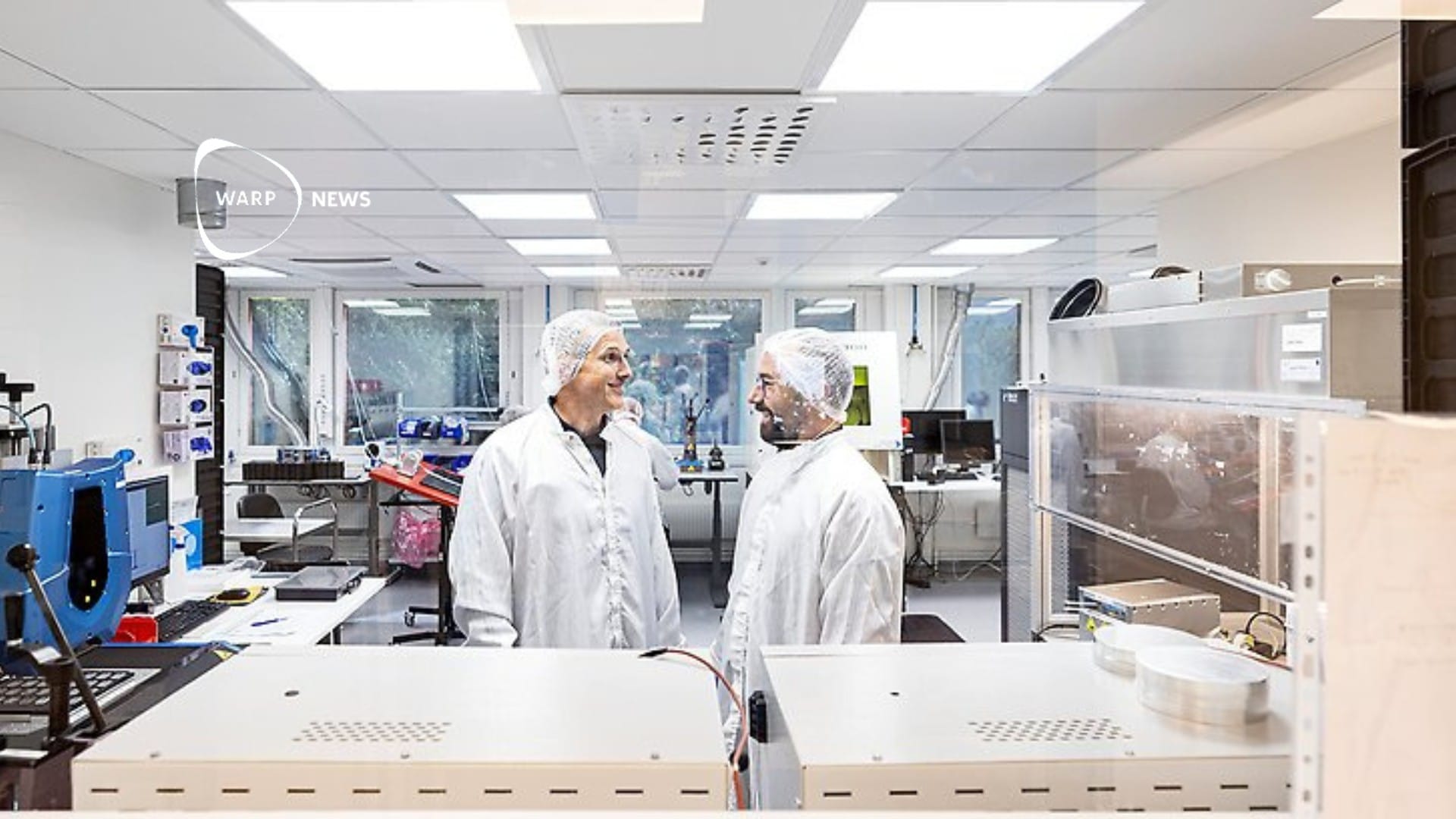
🖨 5 ways that 3D printers can be useful in healthcare
3D printer technology is called additive manufacturing (AM) in the industry, and for the average person has ended up a bit in the shadow of other, more everyday innovations. But technology can revolutionize healthcare.
Share this story!
Above all, it is in the healthcare sector that major steps are being taken right now. The tech site ZDNet guides us to the latest in 3D printing.
1: Print your new body
It is no longer just plastic and rubber that are suitable for 3D printers. By using your own stem cells to create a "printer ink", you can basically print new organs today. Skin, stomach and bladder are already considered fairly doable, while the heart and liver require significantly higher complexity due to all the small and large blood vessels. But a kind of bioprinted heart has actually developed at the University of Tel Aviv.
In the United States alone, 120,000 people are waiting for a new body, so the possibilities are enormous. And because you bioprint with the patient's own tissue, the risk of the body repelling the new organ is significantly less.
Already today, a number of exciting experiments are taking place that are in different stages. Pancreas, liver and cornea are some results. Sculpteo has collected some cool examples.
2: A chip comes loaded
Of course, you do not need to bioprint entire organs to be useful. Small pieces of tissue can mimic how your body behaves in different ways. Thus, on this "organ on a chip" one can test new drugs and treatment methods. Maybe this can phase out animal testing?
3: Dead tissue is also counted
By taking dead tissue and building 3D models, cancer researchers can test new forms of immunotherapy before the experiments reach the patient.
4: Drug composition
For small and medium-sized life science companies, 3D printers are already becoming indispensable. Instead of risking large production series, pharmaceutical researchers today can experiment with direct production. With extreme accuracy, different components can be tested together to find exactly the right dosage. In addition, it is an excellent way to determine how two different drugs behave together.
5: Coronakamp
A common example of the pandemic's increased collaboration and creativity is the voluntary associations that began 3D-printing protective visors for healthcare in the spring of 2020. 3D printers have also been used in several parts of the world in the analysis of the coronavirus and the development of antibodies.
By becoming a premium supporter, you help in the creation and sharing of fact-based optimistic news all over the world.


